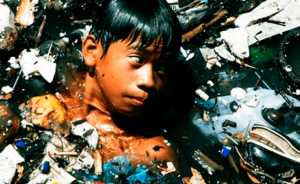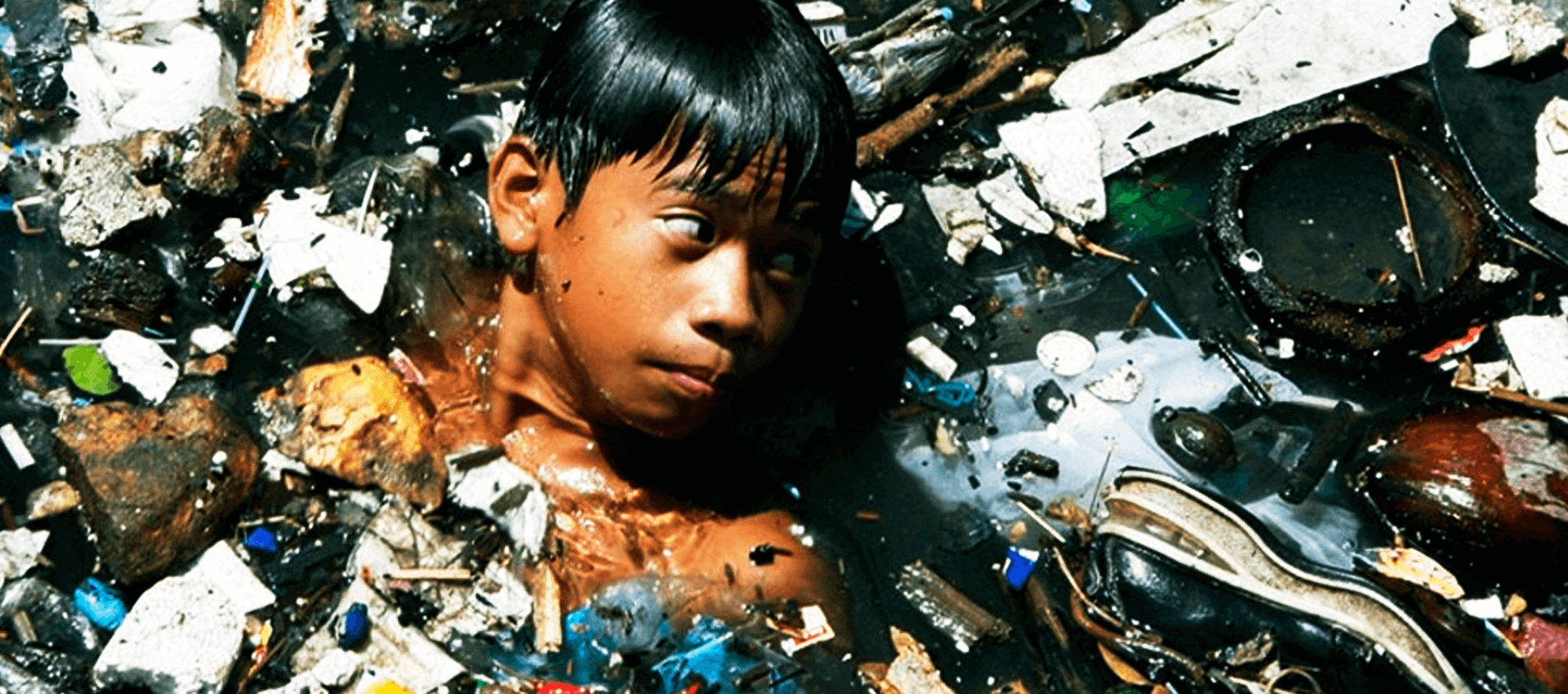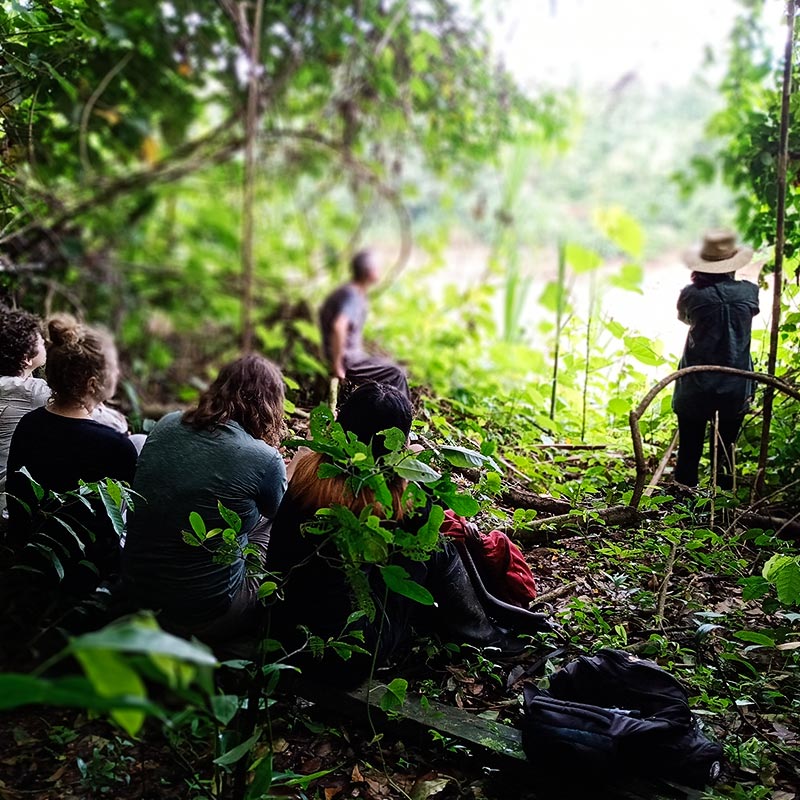PLASTICS: A LIFE CYCLE FRAUGHT WITH PROBLEMS
Since plastic packaging is a major contributor to the global plastic waste stream, it is obvious that its use is a major contributor to the 4.7 to 12.7 million tons of plastic that reach the ocean each year.
 It is estimated that more than two-thirds of the plastic that reaches the ocean ends up on the seabed, creating a growing wasteland beneath the surface.
It is estimated that more than two-thirds of the plastic that reaches the ocean ends up on the seabed, creating a growing wasteland beneath the surface.
The environmental impact of plastic packaging is not limited to the oceans; plastics and micro-plastics can be found in all ecosystems, where they can have equally harmful effects, but once they enter our soils, rivers or oceans, they are impossible to clean up.
Amazon bound is committed to reducing unnecessary plastic use, starting by eliminating single-use plastics and replacing them with reusable or biodegradable packaging.
Therefore, it is recommended that rain ponchos, water bottles, etc. are not disposable.




